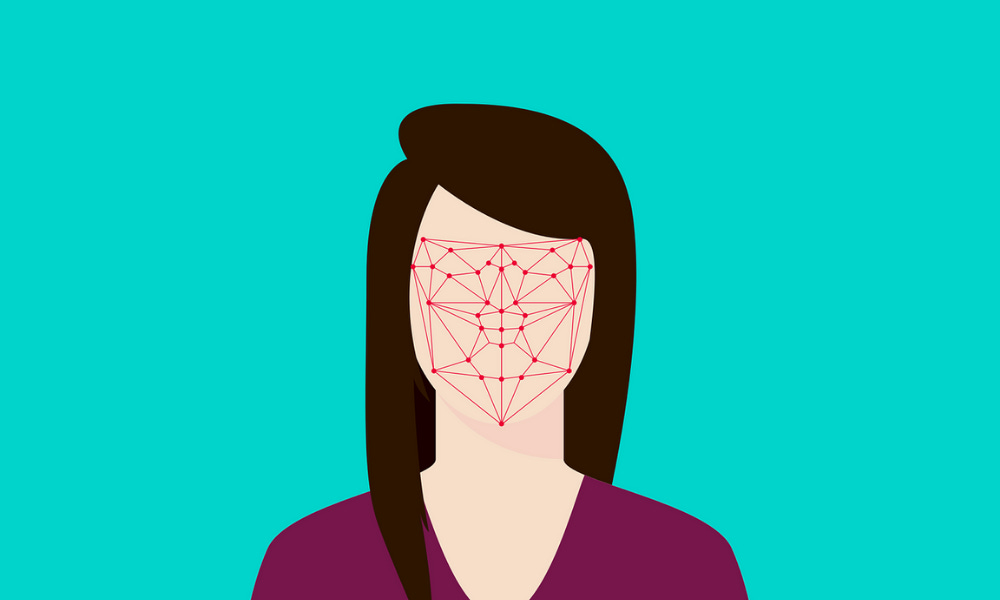
Photo Credit: Teguhjati Pras
Whether you realize it or not, we experience the wonder of modern facial recognition technology—a system capable of identifying a person from a digital image or video—every single day. Each time you unlock your iPhone, scroll through Facebook, or take a new selfie, facial recognition software is hard at work.
The technology was first developed in the 1960s when Woodrow Wilson Bledsoe created a system whereby new photos could be compared to data points of previously entered photos. While there was still a lot of improvement to be made, it didn’t take long to attract the attention of law enforcement, who saw its potential to aid in catching criminals and finding missing people. Soon, people started developing new approaches, planting the seeds for the ubiquity of the software today.
Facial recognition started to take off in the 2000s and 2010s when computers became powerful enough to train the neural networks necessary to make the technology a standard feature. Nowadays, facial recognition has applications across a variety of fields and is a fundamental aspect of the modern world. With increased usage, however, comes more concerns regarding its ethical implications. Here are some of facial recognition technology’s most promising applications and the risks that accompany them:
Finding missing people
With each second that passes after a person goes missing, the odds of finding them decrease significantly. Luckily, facial recognition software can speed up the process drastically. The first step of most investigations is to trace back to the person’s location right before they disappeared. Networks of surveillance cameras with facial recognition software make it easy to track a person’s movements, helping searchers pinpoint their exact location.
Through Facebook, this is possible even without surveillance cameras. In 2018, Facebook released technology that can automatically identify people in photos, even when they appear in the background. Detecting faces in the backgrounds of posts can also aid in determining where someone was at a certain time.
Despite its benefits, this also has serious implications for ordinary people. At any given moment, you could appear in the background of somebody’s picture and have your profile and location revealed to the entire Internet, making it practically impossible to maintain privacy.
Catching criminals
As with finding missing people, Facebook and surveillance cameras make it possible to trace the movements of people who pose a threat to society. Through facial recognition software, dangerous criminals can be immediately apprehended before they do any more harm.
The main issue that arises, however, is that facial recognition discriminates against women, children, and people of color; with non-white women, facial recognition technology has a margin of error of up to 35%. This huge margin of error for people who aren’t white men puts innocent people at risk of being categorized with criminals.
As certain races are sometimes wrongfully perceived as inherently more dangerous by law enforcement, facial recognition technology systematically discriminates against Black and Latinx communities through increased surveillance and misidentification.
Diagnosing diseases
Facial recognition technology can also have massive potential in diagnosing diseases that cause visible changes in one’s facial expression. By identifying key facial markers, the software can also monitor blood pressure and pain levels. In many cases, it can even assist in dispensing medication based on biometric scanning.
In particular, the software is extremely effective in diagnosing genetic disorders through the detection of subtle facial differences. For example, the National Human Genome Institute Research Institute has used facial recognition software to detect 96% of DiGeorge syndrome, a rare disease that involves a missing portion of the 22nd chromosome.
Unfortunately, the humans that build facial recognition software often impart their biases upon the technology, making diagnoses less accurate for certain groups of people. As mentioned previously, the artificial intelligence behind the software is trained on the faces of white men, making recognition of women, children, and people of color significantly less accurate. Without human assistance, it can be easy for facial recognition software to misdiagnose many syndromes, resulting in many future issues for patients and doctors.
Conclusion
Facial recognition technology has a variety of applications that have the potential to revolutionize countless areas of life. It will unequivocally play a significant role in our futures, whether it’s for better or for worse. Unregulated, it could spiral out of control and exploit the identities of innocent people.
As the software grows in prevalence, it becomes increasingly easy for outside parties to collect the facial data of civilians. At the same time, it becomes far too difficult for people to protect their privacy. Only time will tell whether the benefits facial recognition software brings to society will outweigh the discrimination and privacy breaches it comes with.
Bibliography
Defund Facial Recognition
https://www.theatlantic.com/technology/archive/2020/07/defund-facial-recognition/613771/
Facial Recognition is Everywhere. Here’s What We Can Do About It.
https://www.nytimes.com/wirecutter/blog/how-facial-recognition-works/
How Ethical Is Facial Recognition Technology?
https://towardsdatascience.com/how-ethical-is-facial-recognition-technology-8104db2cb81b
21 Amazing Uses for Face Recognition
https://www.facefirst.com/blog/amazing-uses-for-face-recognition-facial-recognition-use-cases/
Your Guide to Facial Recognition Technology in Healthcare
https://medicalfuturist.com/your-guide-to-facial-recognition-technology-in-healthcare/

